A Suffolk oasis: my year reviving Cedric Morris’s garden at Benton End
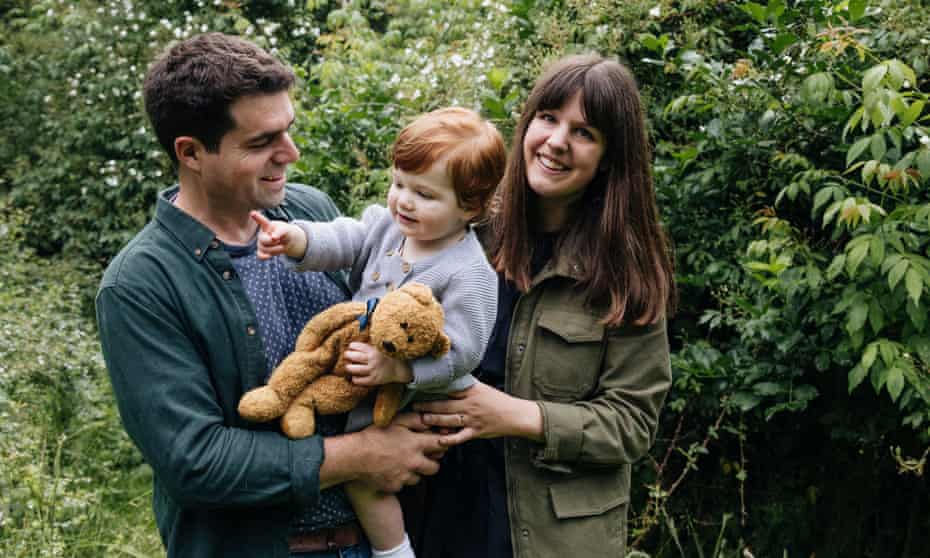
I was getting to grips with parenthood in a sweltering London flat when an even bigger challenge fell in my lap: restoring the horticulturalist’s sprawling garden
Swifts race past our south London window on midsummer evenings and nest below the terrace rooftops opposite; in rural Suffolk, droves of swallows dart across an agrarian skyline and down into next door’s open barn. For a nature enthusiast, this swapping of one set of neighbours for another is a subtle contrast between the city and country experience. In late summer 2020, my wife Clemmie and I, with our then six-month-old baby, relocated to Suffolk to look after Benton End, the former home of influential artist-plantsman Sir Cedric Morris (1889-1982). Having spent spring getting to grips with parenthood within the context of Covid and the confines of a sweltering flat, we jumped at the opportunity, which arose through my work as head gardener at London’s Garden Museum.
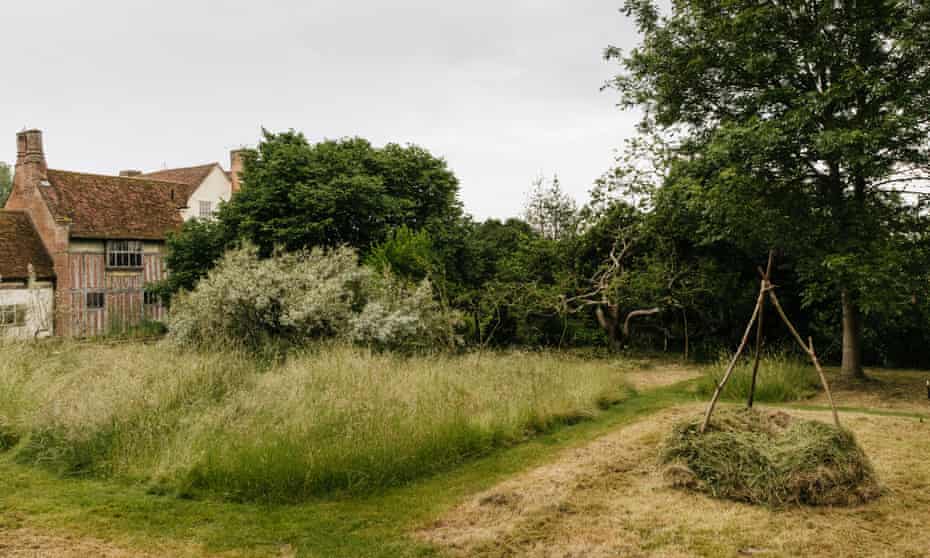
The museum, together with the Pinchbeck charitable trust, is restoring Benton End as a centre for horticulture, art and learning. It was suggested we come as temporary custodians and I document and nurture this once-celebrated garden. Benton’s 1.2-hectare (3-acre) garden slopes gently to the west and has the best loam soil I’ve worked. In its heyday, a walled garden of gravel pathways and colour-packed island beds was the focus; above it is a sprawling former orchard of vegetables, wildflowers and bearded irises. Colourful and unusual species of bulbs, many of which he collected on winter painting excursions to the Mediterranean and north Africa, seduced the great gardeners of the day, including Vita Sackville-West, Constance Spry and Beth Chatto.

The comparative isolation was one of astounding privilege: fields to walk in, a river to swim in, salad from the garden, jam from hedgerows and bonfires into the evening. I saw my first barn owl, hunting the lower fields at dusk.
But we had to sweat for our oasis. Neither Clemmie nor I have known a busier year. Even Morris said three acres was too much for anyone, and the combination of frequent rain and East Anglian sunshine had a steroid-like effect on the weeds.
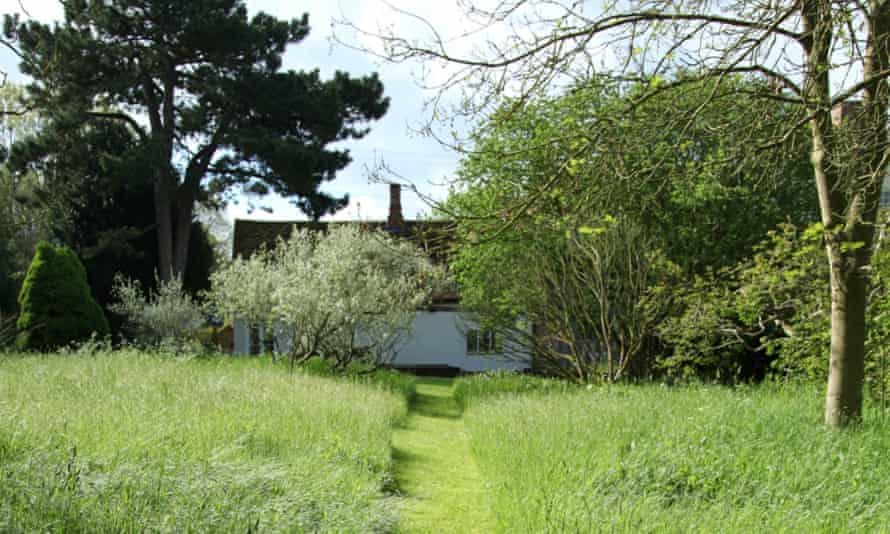
Considered one of the great British colourists of the 20th century, Morris is known for his oil depictions of landscapes, birds and flowers. Gardening was his second talent. Born in Sketty, Swansea, he led an enviably exciting interwar life that saw him and his partner, surrealist painter Arthur Lett-Haines, frequenting art scenes in Cornwall, London and Paris. When the pair came to Benton End in 1939, they were looking for not only a home but a new residence for their East Anglian School of Painting and Drawing, known for its liberal convictions and informal tuition.
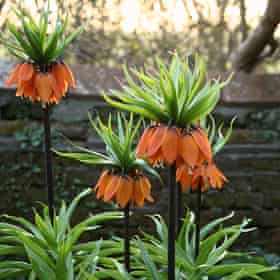
This 16th-century manor house offered rooms for students, a large brick-floored kitchen for communal meals and energising views of the Brett valley below. It was a place of fervent creative freedom, attracting artists such as Maggi Hambling, Paul and John Nash, and a young Lucian Freud. Cook and author Elizabeth David experimented in the kitchen; Francis Bacon circled the easels. Young, gay and often socially outcast students found encouragement there. “All of us flowered at Benton End,” remembered nature writer Ronald Blythe, in his Suffolk memoir. “It was three guineas a week, bring your own sheets.”
Quick GuideSaturday magazine Show
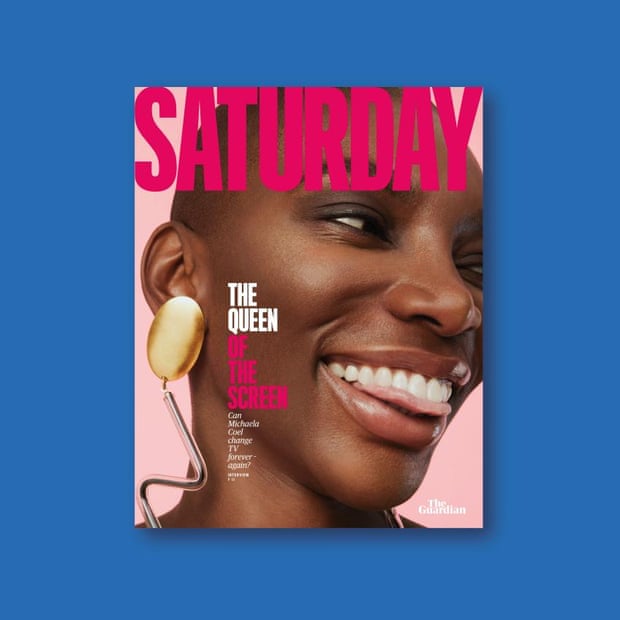
This article comes from Saturday, the new print magazine from the Guardian which combines the best features, culture, lifestyle and travel writing in one beautiful package. Available now in the UK and ROI.
I trod a cautious path between clearance and preservation. Before Christmas lockdown I took a punt on a late mow of the walled garden’s meadows, which resulted in a clear canvas for the snowdrops, aconites and narcissi that emerged after January’s heavy snow. Among them surfaced a drift of spring snowflake, Leucojum vernum var. carpathicum, with its hanging lampshades dotted yellow in place of green. Then came fritillaries and ornithogalums, anemones, corydalis, black irises (Iris tuberosa) and countless other surviving species of flowers.
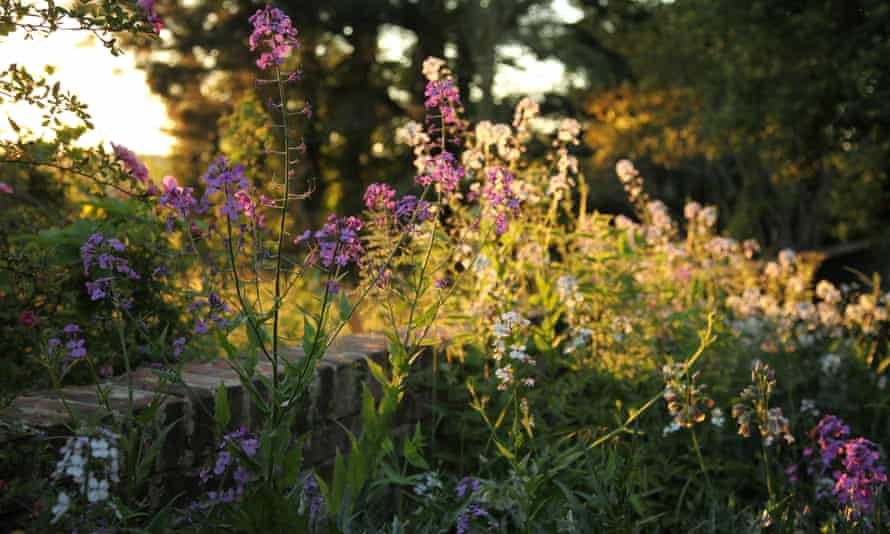
As I stumbled on these remnant plants, my appreciation for the colour and “character” of flowers transformed. The lucid richness of Tulipa sprengeri, or the elegant arching of Fritillaria acmopetala, outshone the cultivated bulbs I’d often grown.
The spirit of Benton End prevailed, between the river view, the golden evening sunlight and eerie muntjac barks in the night. For four decades after Morris’s death the house was privately owned, though little was added or altered in the garden. As the UK seeks to regain a sense of normality in the wake of the pandemic, so work commitments now draw us away from the garden. Having fallen hard for Suffolk, however, we’ve decided to stay nearby.
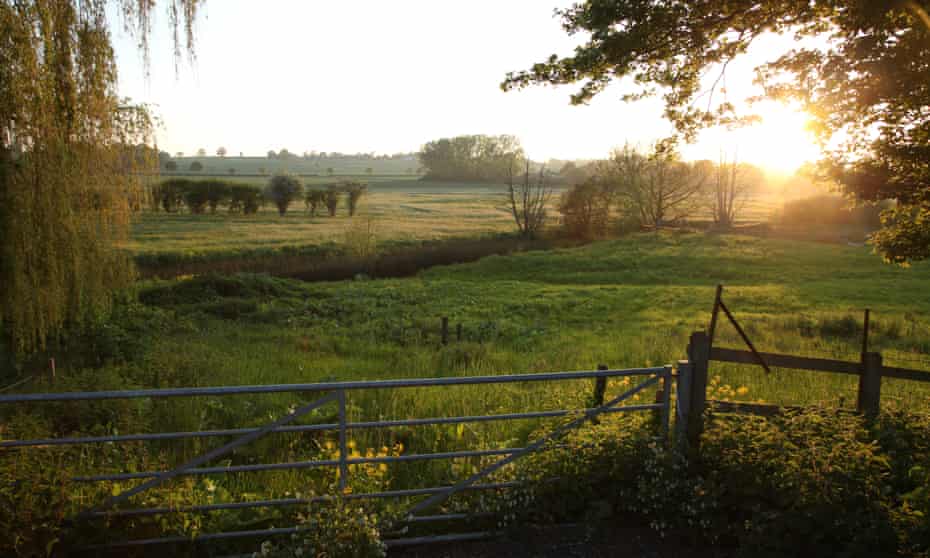
The Garden Museum is now well under way with plants grown by Morris returning as seeds and cuttings given by those who met him. Ultimately, voices, activities, classes and creativity will breathe life back into this house and garden.